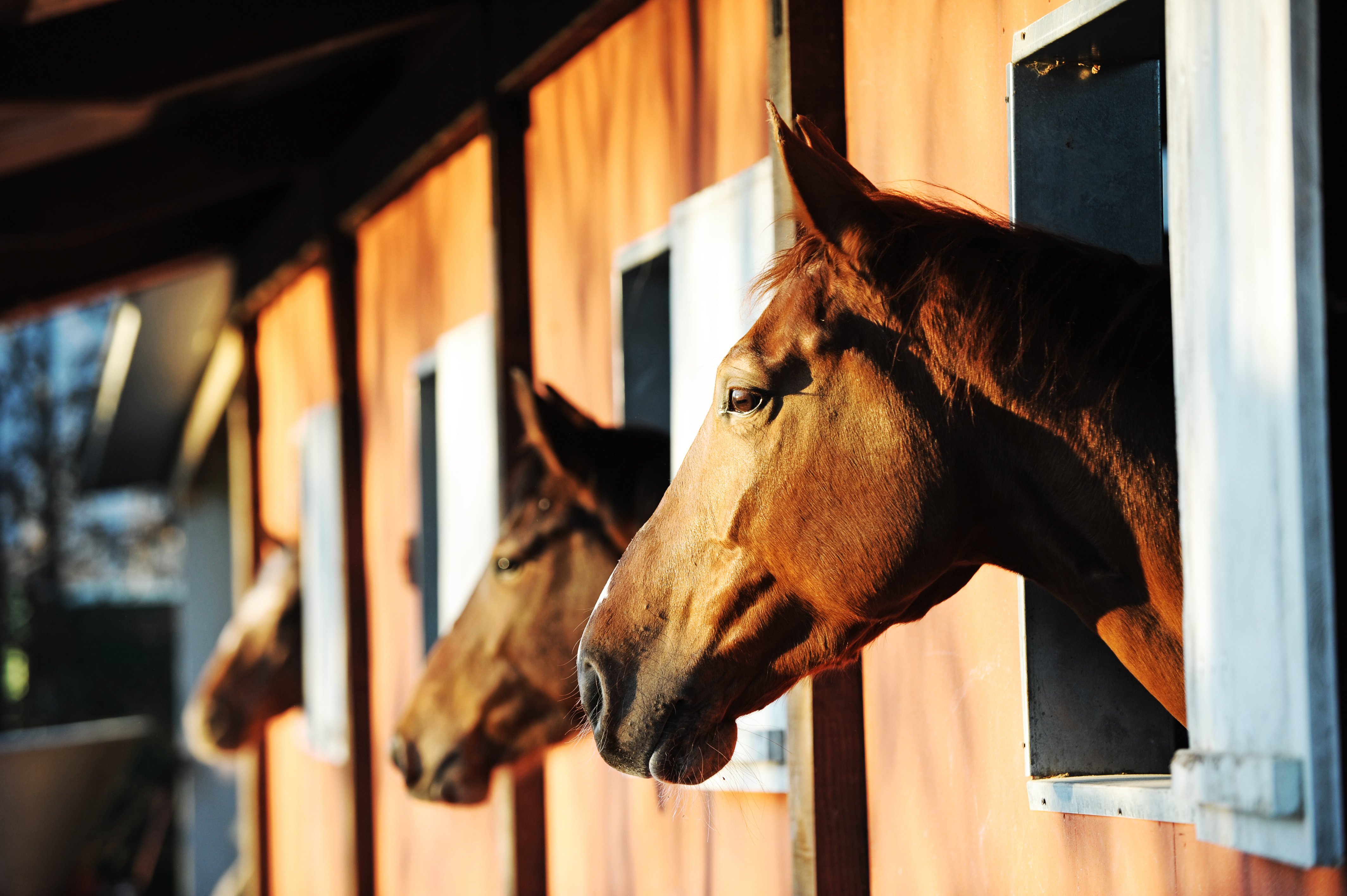
Allergen Avoidance for Horses
If your horse struggles with itchy skin, hives, or seasonal flare-ups, allergies may be the reason. Conditions like atopic dermatitis and insect bite hypersensitivity (IBH) are common in horses, and often caused by environmental allergens such as dust mites, pollens, molds, or insects.
While we can’t completely eliminate allergen exposure, the good news is there are ways to reduce contact with these allergens.
Reducing Exposure to Storage Dust Mites
Dust mites can live in bedding, hay, feed bins, and barn surfaces. They’re a known trigger for allergic reactions in sensitive horses. How to help your horse:
- Replace traditional bedding with rubber stall mats to reduce dust buildup.
- Keep the barn as dust-free as possible with regular sweeping and misting.
- Wash blankets, saddle pads, and leg wraps frequently in hot water to eliminate allergens.
- Store feed in airtight containers in a cool, dry area to prevent mite contamination.
- Wipe your horse’s muzzle with a damp cloth after meals to remove food particles and residue.
- Clean feed buckets, bins, and tubs regularly to maintain hygiene.
- Buy smaller quantities of feed and limit storage time to keep it fresh.
- Keep barn humidity under 45% and temperature below 21°C using a dehumidifier if needed.
Reducing Exposure to Insects
Insect bite hypersensitivity (IBH), often caused by biting midges or flies, is one of the most common equine allergies. Preventing insect exposure can significantly reduce flare-ups. Try these strategies:
- Avoid turnout near standing water, manure piles, compost, or cattle areas.
- Stable your horse before dusk and keep them inside until after dawn, when insects are most active.
- Use fly sheets and masks with a fine mesh grid (±32x32 per 2–5 cm²) for physical protection.
- Treat gear with a permethrin-based insect repellent.
- Install box fans in stalls to disrupt insect flight paths and improve airflow.
Reducing Exposure to Pollen Allergens
Seasonal pollen allergies can trigger respiratory issues, skin irritation, and even eye inflammation in horses. Tips for pollen-sensitive horses:
- Limit pasture time to early morning, late evening, or after rainfall, when pollen levels are lowest.
- Keep barn doors and windows closed on warm, windy days. Open them when pollen counts are down.
- If symptoms are severe, consider relocating the horse to a different barn or pasture environment.
- Keep saddle pads, leg wraps, and blankets clean and dry when stabled.
- Reduce barn dust levels with frequent sweeping, vacuuming, and damp cleaning.
Reducing Exposure to Molds
Mold spores, often found in hay, bedding, or poorly ventilated barns. Protect your horse with these steps:
- Clean moldy surfaces using a veterinary-approved mold cleaner.
- Improve ventilation and keep the barn dry and well-aerated.
- Consider turning your horse out more often if the stall environment is damp.
- Avoid forest rides during humid weather or in autumn, when mold spores are more active.
- Dry clothing and gear outdoors, not in damp tack rooms or indoor spaces.
- Feed hay outdoors or switch to low-dust alternatives like steamed hay or haylage.
- Keep dust levels in the barn low with frequent cleaning and ventilation.